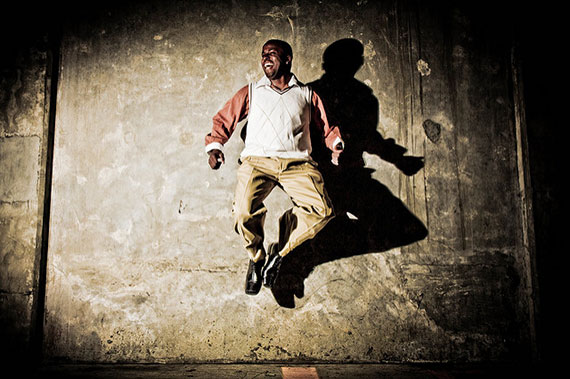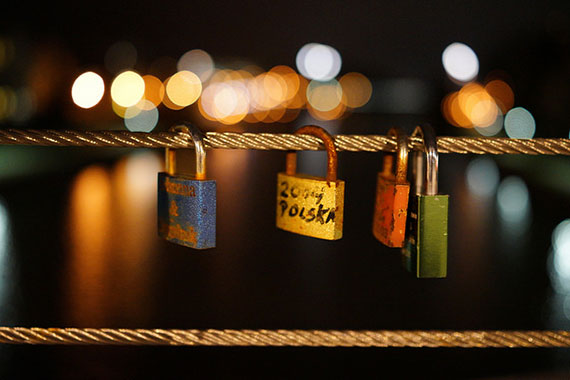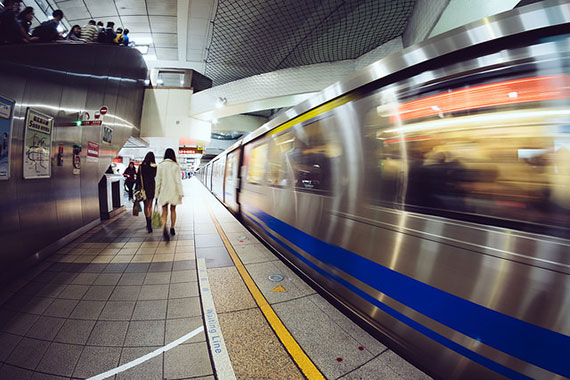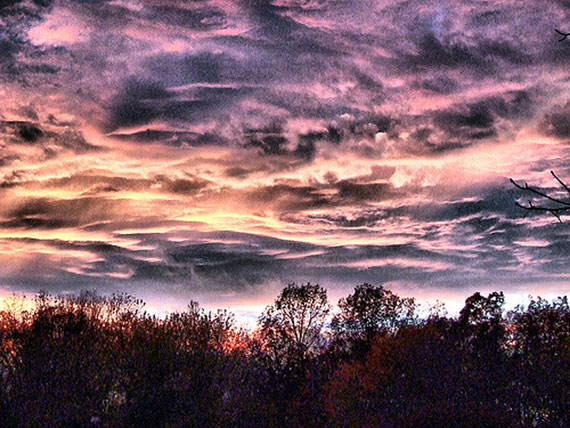Reciprocity is the law of the relationship between shutter and aperture. It stipulates that one stop increase in aperture is equivalent to the shutter duration doubling. Both increase light by one stop.

Photo by Amancay Maahs; ISO 200, f/13.0, 1/200-second exposure.
Thus, once you have the correct level of light for a perfect exposure, you can choose to increase aperture by one stop and trade this off with a doubling of the shutter speed (halving of the shutter duration). Twice as much light coming in for half the time equals the same amount of light.
This allows the photographer to retain the same exposure but change either aperture or shutter speed for artistic or practical reasons.
In addition, the photographer may wish to over expose or under expose. Understanding the law of reciprocity allows them to do this in a controlled and intuitive manner, understanding the exposure differences on the image plus the different changes to the depth of field or any motion blur increase or decrease.
Sometimes, however, the aperture you want and the shutter speed required do not give an adequate exposure with the available light (either natural or including flash). Fortunately there is another variable that affects exposure with the same degree of effect and works in the same measurements of stops of light. This is ISO and refers merely to the camera sensor’s sensitivity to light.
You therefore have three variables at your disposal. Each, however, alters the image beyond just the brightness of the final image.
The Law of Reciprocity
In summary, image brightness is determined by the amount of light that makes contact with the light sensitive sensor and the sensitivity of that sensor.
This is controlled by the duration of the exposure (the shutter speed), the intensity of the light (aperture), and the sensitivity of the sensor or film (ISO).

Photo by Matthias Ripp; ISO 6400, f/2.0, 1/30-second exposure.
When setting these elements, you take into account the law of reciprocity, which states an inverse relationship between the intensity and duration of light the camera is exposed to in order to shoot at the correct exposure. ISO merely acts as an additional method of control.
Exposure = Intensity * Time
So, equivalent exposures can be gained by decreasing one variant and increasing the other proportionally. So if duration is halved, intensity must be doubled.
Aperture = How Fast Light Gets In
Aperture is the diameter of the lens opening controlled by an iris. The larger the iris, the more light gets in over a given period of time.
Aperture is discussed in f-stops (e.g. f/4 or f/2.8 — the length of the focal lens divided by the diameter) but like all things photographic, this refers to stops of light. The smaller the f number, the larger the aperture.
Apertures can be remembered with a simple concept—the numbers 1 and 1.4 doubling alternately. So 1, 1.4, 2, 2.8, 4, 5.6, 8, 11, 16, 22, 32 with each one being an increase by 1 stop. Therefore f/1.4 is one stop higher than f/1, f/8 is three stops higher than f/2.8.

Photo by Mimi; ISO 200, f/11.0, 1/400-second exposure.
Larger apertures are preferable in low light to allow more of the light in. Every lens has a maximum aperture or aperture range (for some telephotos where the aperture closes when zoomed in).
The larger your aperture, however, the shallower your depth of field.
Shutter Speed = How Long the Lens Lets in Light
A camera’s shutter normally remains closed. When the button is pressed the shutter opens for a given period of time (either set by you or the camera’s auto settings). Shutter speed refers to how long the shutter stays open.
A shutter speed of, say, 1/100 of a second is open for twice as long as 1/200 second, letting in light for twice as long.
Rather conveniently. shutter speeds are discussed in seconds and fractions of seconds and can also be compared in stops of light with doubling of duration, meaning an increase of 1 stop.

Photo by Photos By 夏天; ISO 1250, f/1.0, 1/8-second exposure.
1/100 second is 1 stop of light brighter than 1/200 second. Three seconds is 1 stop less than 5 seconds.
Therefore, along with the aperture setting, shutter speed is controlling the light reaching the sensor or film. How sensitive that sensor or film is, of course, is a different matter.
ISO = Sensitivity of the Camera’s Sensor or Film
ISO (International Standards Organization) is an older concept from the days of film. It refers to sensitivity to light and, brilliantly, it works on the basis of, again, stops of light.
The higher the ISO, the more sensitive to light and the brighter the final image. ISO can therefore be used to affect shutter and aperture combinations.
If you find the shutter is too slow for the fast action you’re shooting and you cannot achieve a wider aperture to allow light in faster to counteract the problem, you can then select a higher ISO, making the camera more sensitive—meaning you can speed up the shutter speed.
Standard ISO is measured as 100, 200, 400, 800…. and these doubling numbers represent 1 stop of light each time it doubles. 100 ISO is 1 stop of light darker than 200 ISO, etc.

Photo by Jeffrey Hood; ISO 400, f/3.3, 1/80-second exposure.
In summary, once you understand the relationship between shutter speed and aperture, and then how you can utilize ISO to further hone your settings, you are safe to use a DSLR in its manual mode and not have to rely on the manufacturer’s program modes for lazy photographers. These program modes make assumptions which might not be what you’re looking for.
About the Author
Keith Trigwell is a live music photographer with a passionate interest in most other types of photography, particularly portraiture and fine art. His live music shots can be seen at http://www.flickr.com/bigmojo. To pass the time, he also writes a few articles on photography and technical photographic matters.
Go to full article: Understanding Reciprocity in Photography
What are your thoughts on this article? Join the discussion on Facebook
PictureCorrect subscribers can also learn more today with our #1 bestseller: The Photography Tutorial eBook
The post Understanding Reciprocity in Photography appeared first on PictureCorrect.
from PictureCorrect https://ift.tt/2U0PI6M
via IFTTT






0 kommenttia:
Lähetä kommentti